



Ethernet mic chip
Ethernet MIC (Magnetic Integrated Circuit) chips play a critical role in modern network communication devices, particularly in ensuring the stability of data transmission and signal integrity. MIC chips integrate multiple functions, including signal isolation, power management, and anti-interference capabilities, making them indispensable components in Ethernet devices such as switches, routers, servers, and network cards. This article will provide a detailed overview of the working principle, key features, application areas, and market development trends of Ethernet MIC chips.
1. Working Principle of Ethernet MIC Chips
The core function of Ethernet MIC chips is to provide signal isolation and electrical protection. By using built-in transformers and circuit designs, they isolate the transmit and receive signals of network devices from the power supply and other electrical systems, preventing power noise, electromagnetic interference (EMI), and electrical faults from affecting data transmission.
Typically, a MIC chip includes several components:
- Transformer: It isolates the transmit and receive signals to prevent noise interference. The transformer effectively transmits signals while avoiding damage to the device from ground currents or electrical surges.
- Filter Circuits: These reduce high-frequency noise and interference, ensuring the stability and clarity of signal transmission.
- Electrical Protection: MIC chips often include protection functions such as anti-static and surge protection, enhancing the resistance of network devices to external electrical shocks.
2. Key Features of Ethernet MIC Chips
Ethernet MIC chips have several key features that enable them to provide efficient protection and stable performance in complex network environments:
- High Isolation: MIC chips effectively isolate Ethernet devices from external electrical signals, preventing interference from affecting network performance.
- Low Insertion Loss and Low Return Loss: Low insertion loss ensures minimal signal attenuation during data transmission, while low return loss helps maintain signal quality and avoids data errors caused by signal reflection.
- Electrical Protection Functions: MIC chips have strong anti-interference and anti-electrical fault capabilities, protecting network devices from damage caused by electrostatic discharge (ESD), surge currents, and other external electrical shocks.
- Compact Design: Modern MIC chips adopt miniaturized packaging, making them suitable for use in network devices with limited space, while still providing robust functionality.
3. Application Areas of Ethernet MIC Chips
Ethernet MIC chips are widely used in various network devices and systems, especially in the following key areas:
- Network Switches and Routers: MIC chips are used in network switches and routers for signal isolation and electrical protection, ensuring that devices handling high-speed data transmission are not affected by external noise.
- Data Centers: In data centers, MIC chips help ensure the stability and reliability of network devices, preventing equipment failures due to electrical issues and ensuring continuous large-scale data transmission.
- Industrial Automation Systems: Many industrial automation systems use Ethernet for communication between devices. MIC chips provide strong anti-interference capabilities, ensuring stable operation of equipment in high-noise environments.
- Internet of Things (IoT) Devices: As IoT technology advances, various smart devices increasingly rely on Ethernet for data exchange. MIC chips can ensure stable data transmission while providing necessary electrical protection to extend the lifespan of devices.
4. Market Development Trends
With the continuous development of network technologies and the increasing demand for applications, the market for MIC chips is expanding. As technologies such as 5G, IoT, and cloud computing become more widespread, the demand for MIC chips in network devices will continue to grow. Specific trends include:
- Demand for High-Speed Networks: As Gigabit Ethernet (1GbE) and even higher-speed 10G, 25G, 40G, and 100G networks become more common, the performance requirements for MIC chips are increasing. Future MIC chips will need to support higher bandwidth signal transmission while maintaining signal integrity and reducing latency.
- Miniaturization and Integration: As network devices move toward miniaturization and low power consumption, the design of MIC chips is also advancing toward smaller sizes and higher integration. This design trend can save space and reduce costs.
- Stronger Anti-Interference Capabilities: With the rise of industrial automation and smart city applications, MIC chips will need to possess even stronger electromagnetic interference (EMI) and electrostatic discharge (ESD) resistance to ensure stability in complex environments.
5. Conclusion
Ethernet MIC chips, as vital protective components in network communication devices, are becoming increasingly important as network speeds increase and application environments become more complex. They not only ensure the stable operation of devices but also effectively extend the lifespan of the equipment. With ongoing technological advancements, MIC chips will continue to play a crucial role in more high-speed, high-reliability network applications, providing robust electrical protection and signal integrity assurance for modern network communication devices.

Please contact us if the source is mislabeled or violates your legal rights.
We will promptly correct and delete, thank you.
- ISP co-processor
- The standard of ISP chips
- What is the power consumption level of t...
- In what scenarios can the performance of...
- Smart Home Products with Rockchip RK3588...
- Kylin ISP chip
- Purchase of ISP chips
- How fast is the read speed of Winbond W2...
- The motherboard of the industrial comput...
- spi ethernet chip in qfn package
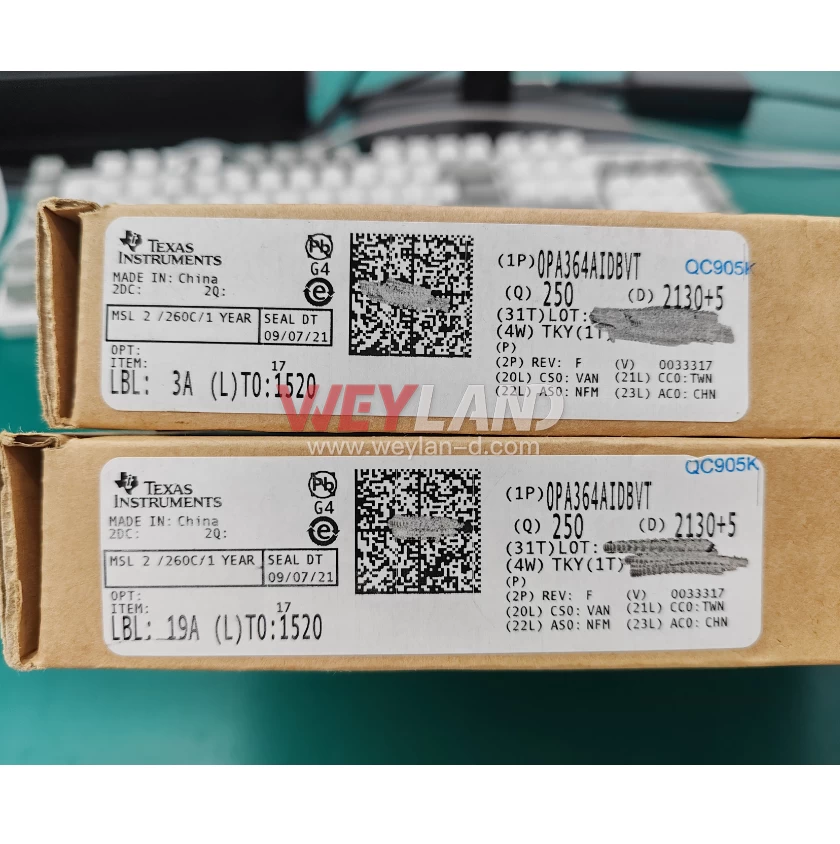
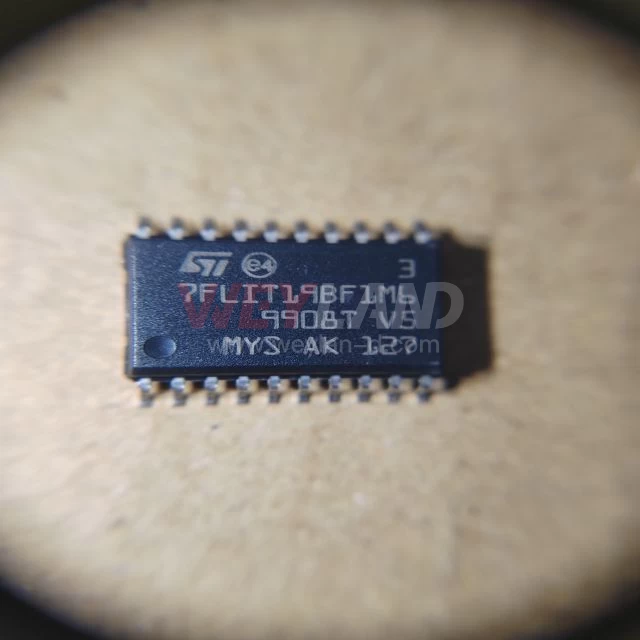
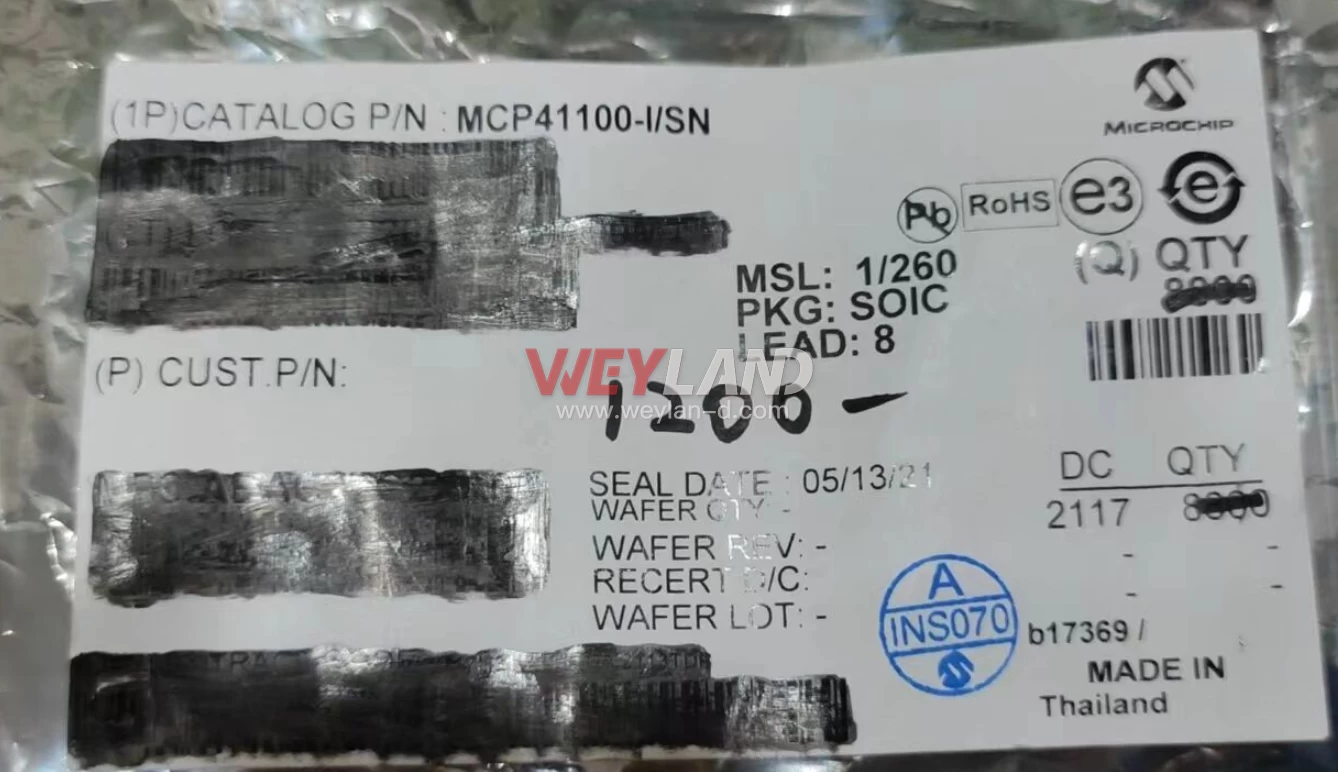
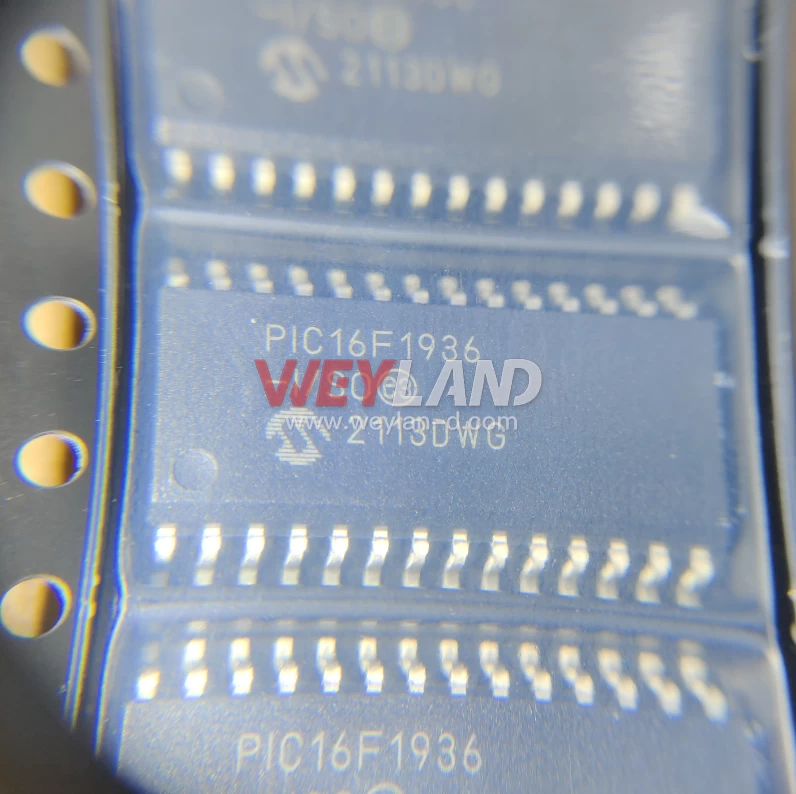
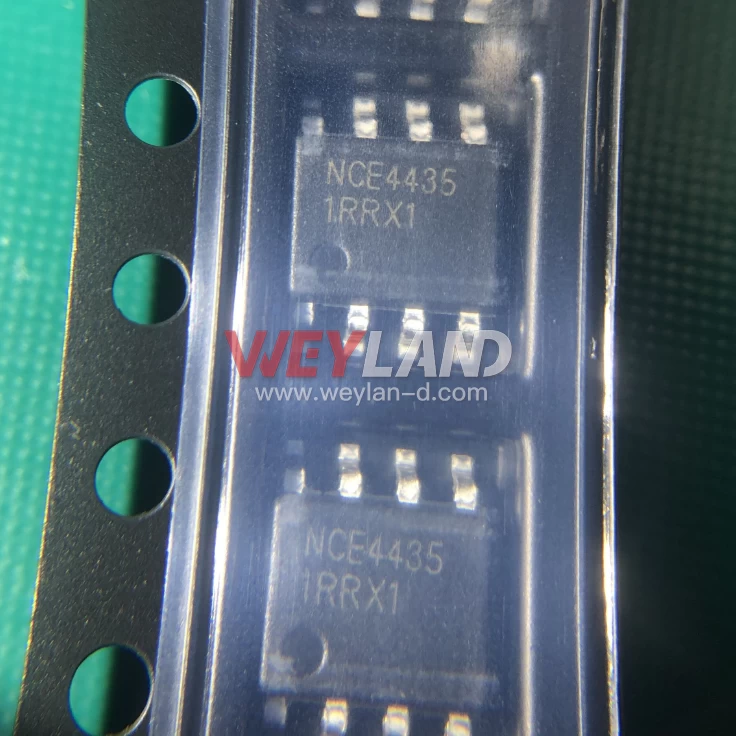
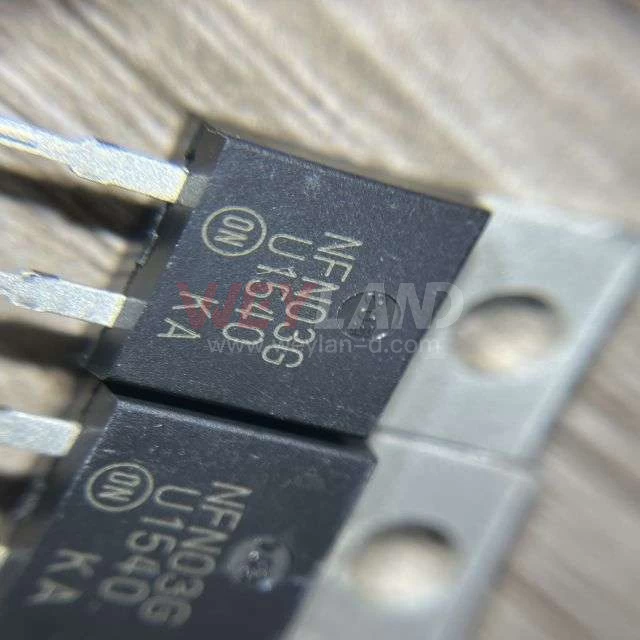

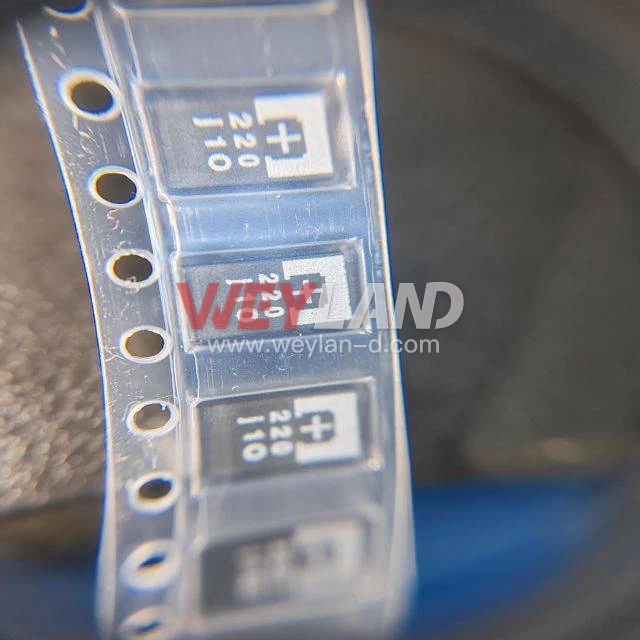
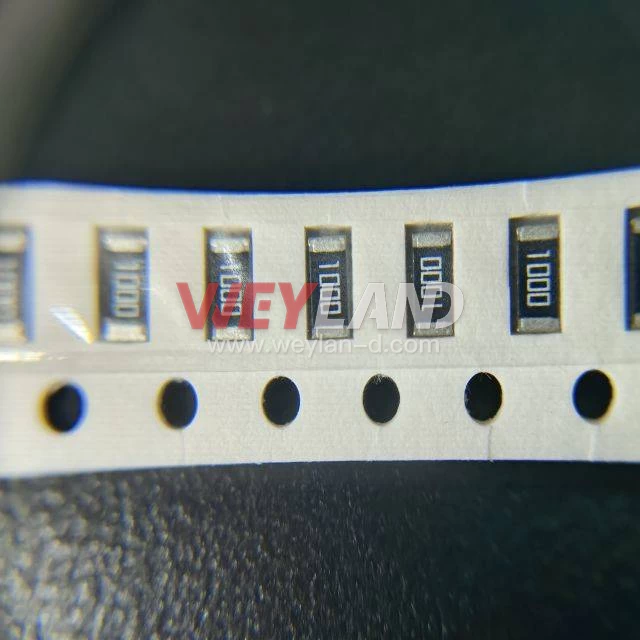
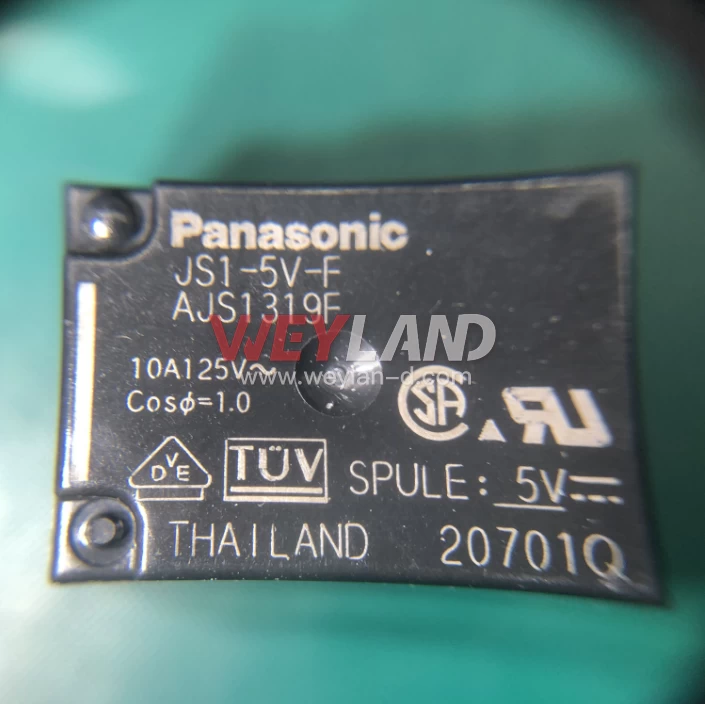
.9246509.png)












[email protected]
7500A BEACH ROAD #04-307 THE PLAZA SINGAPORE (199591)
RM 705.7/F.FA YUEN COMM BLDGNO.75-77.FA YUEN STREET.MONGKOK.KLN.HONG KONG
